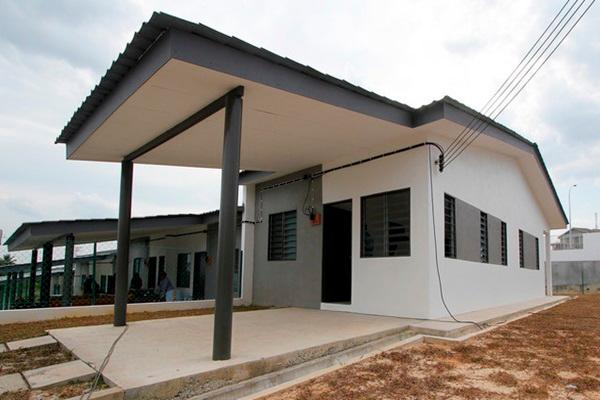LIQUIDATED ascertained damages (LAD) are the bane of housing developers for late delivery of vacant possession. A home buyer’s right to claim LAD is rooted in the standard form sales and purchase agreement (SPA) provided by the Housing Development (Control and Licensing) Regulations 1989 (HDR).
In the high-risk construction industry, delays in the delivery of vacant possession are sometimes beyond the control of the developers, for example adverse weather, shortage of raw materials and pandemics. In such instances, the recent Court of Appeal (COA) decision in Bludream City Development Sdn Bhd v Kong Thye & 184 others recognised that although the Controller of Housing may not grant an extension of time (EOT), a developer may nevertheless apply for such an EOT from the Minister of Housing and Local Government. The minister, who is empowered to regulate the contractual terms between the developer and a purchaser, may grant an EOT in appropriate circumstances.
This landmark decision addresses two important questions:
1. From whom should a developer apply for EOT?
In Bludream, there were two EOTs granted to the developer for completion of the construction works:
> a first EOT of six months was granted by the controller, extending the contractual period for delivery of vacant possession from 36 months to 42 months from the date of the SPA; and
> a second EOT of 17 months was granted by the minister, extending the contractual period for delivery of vacant possession from 42 months to 59 months.
The decision in Bludream primarily concerned the second EOT. The COA upheld the validity of the second EOT on the basis that the minister is empowered under Section 24(2)(e) of the Housing Development (Control and Licensing) Act 1966 (HDA) to “regulate and prohibit the terms of any contract” between developers and purchasers.
Further, in line with the earlier decision of the Federal Court in Ang Ming Lee & Ors v Menteri Kesejahteraan Bandar, Perumahan dan Kerajaan Tempatan & other appeals [2020] 1 MLJ 281, the COA observed that the controller, who is appointed by the minister under Section 4 of the HDA, does not have the power to grant such an EOT. The COA rationalised that in contrast to Sections 4(3) and 4(4) of the HDA which allow the controller to delegate his power, the absence of such provision in Section 24 of the HDA meant that the Parliament did not intend to allow the minister to delegate his power to regulate.
With regard to the first EOT, the COA did not rule on its validity as it was not challenged by the purchasers and in any event, it had been subsumed by the second EOT, where the COA indicated that the minister could regularise an EOT granted by the controller by virtue of regulation 12 of the HDR.
2. What does the developer have to show to be granted an EOT?
In Bludream, the developer was prevented from continuing its work for 17 months due to a stop work order issued by the Public Works Department due to subsidence and cracks in a nearby school. The stop work order was later uplifted after investigations revealed that the defects in the school structure were not attributable to the developer.
The argument put forward by the purchasers was that they should be entitled to claim LAD as the delay occurred through no fault of theirs.
However, the COA considered that the minister – in arriving at his decision to grant the second EOT – acted fairly in doing so as essentially:
> the developer was not to blame for the issuance of the stop work order;
> the purchasers were exempted from bearing interest on their housing loans during the EOT period under the developer’s Interest-Free Bearing Scheme; and
> the decision of the minister ultimately safeguarded the interests of the purchasers, and was consistent with the objectives of the HDA. Without the second EOT, the costs of continuing and completing the project would escalate and it would be detrimental to all concerned if, as a result, the project was abandoned.
Here, the COA allowed the appeal by the developer and agreed with the decision of the minister to grant the second EOT as the COA was satisfied that “this is not a case where the developer is trying to take advantage of the purchasers but in reality, where but for the extension of time and the resourcefulness of the developer, this project might well not have been completed, to the detriment of all”.
In view of these recent developments including the decisions in Bludream and PJD Regency Sdn Bhd v Tribunal Tuntutan Pembeli Rumah & Anor and other appeals [2021] 2 MLJ 60, players in the housing industry should consider obtaining professional advice to ensure that their operations are in keeping with such developments.
This article is contributed by Soh Lip Shan of Christopher & Lee Ong.









